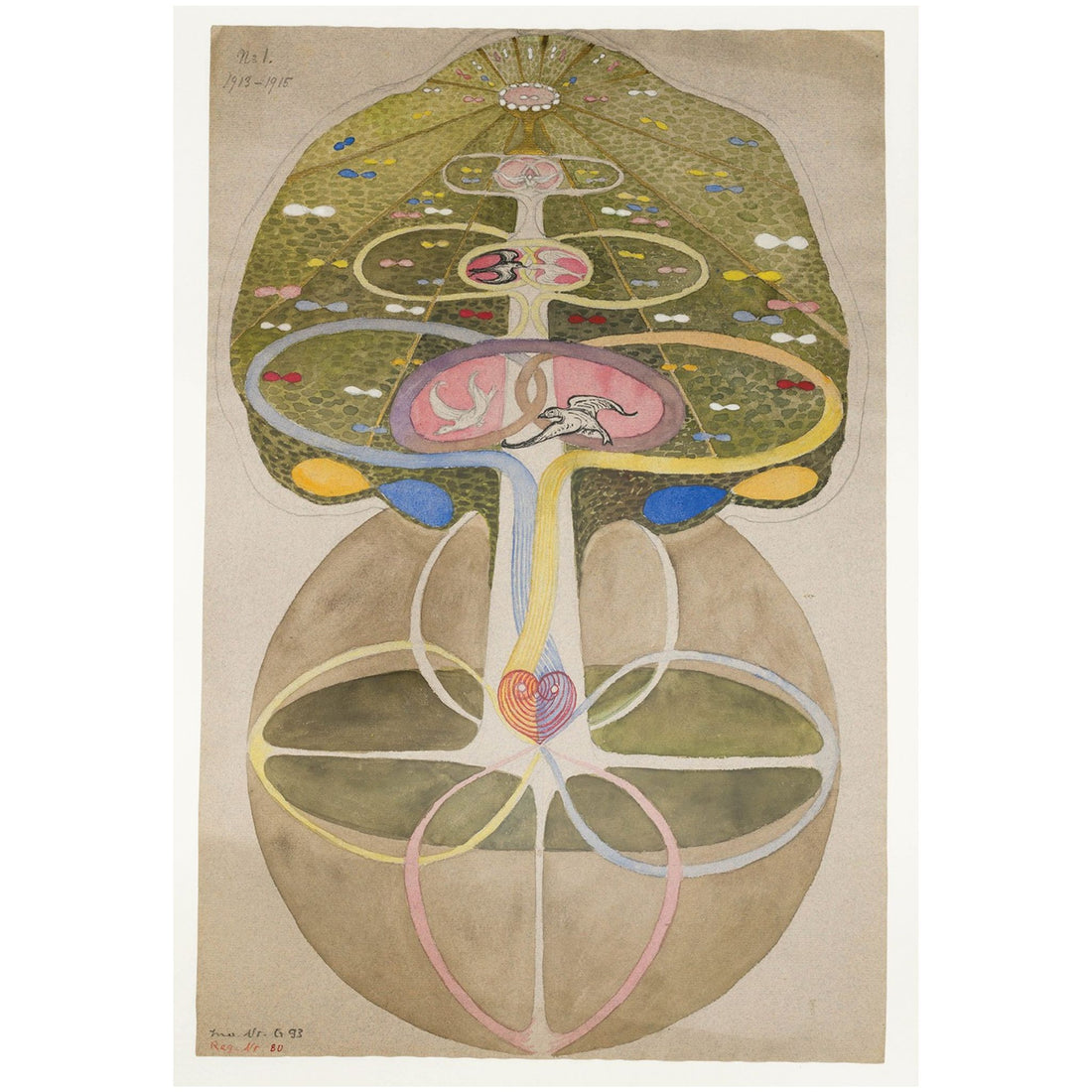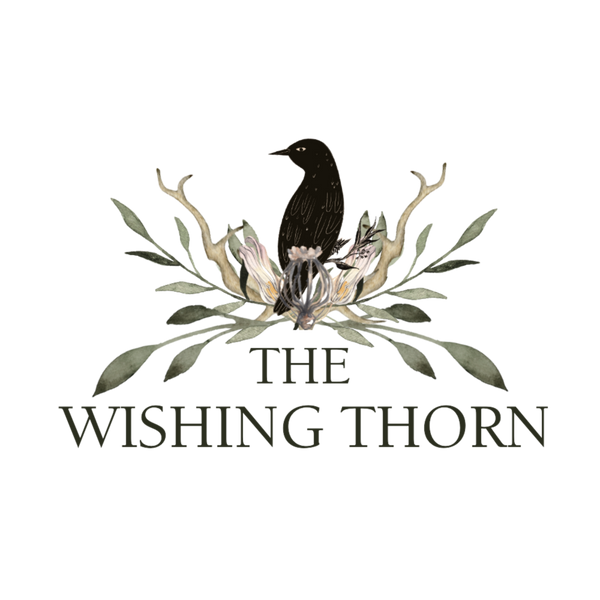
Mary Barr & Hilma af Klint and the Birth of New Ideas
Allow me to introduce you to two women thinking outside the box, Mary and Hilma

The original sampler lives at the Philadelphia Museum of Art.
In 1828, at the young age of 12, Mary began working on a semi-traditional sampler that incorporated many traditional aspects, such as several upper-case alphabets but aligned vertically and horizontally in a decorative square design with the bottom rows stitched upside-down. She then adds many of geometric shapes; rectangles, triangles, diamonds, hexagons, etc., all in bold colors that sets her sampler well apart from the more traditional samplers of her day. The border is so beautiful and VERY art Deco much before it's time. I really love the stylized flowers and her color choice.
Her sampler is not for the faint of heart, as the center takes some commitment. It could however be stitched in overdyed threads....


(Mary in Aug 1883)
Mary was born on September 14th, 1816 in Gibson, Clearfield (now Cameron), Pennsylvania. Her parents were Catherine Smith from from White Deer, Northumberland Pennsylvania and Robert Barr. They had eight children, of which Mary was the second child.
In 1839 Mary married Peter Jordan (Birth 16 Aug 1810 Gibson Twp, Clearfield Co, PA) in Portage, Cameron, PA. Together they had eleven Children together - one passed away at age two . Two of the children were born in December of 1838 and the other in Nov 1839. She had kids almost yearly (the poor thing) the last child was born in 1858. In the 1850 census it shows them living in Gibson, Elk, PA.
Peter passed away in 1863, which left Mary with many little mouths to feed by herself. She outlived two of her other sons that died in their 40s.
Mary passed away in 1901 at the age of 84! What a life she must have had.
Her gravestone must have been re-done, as this one looks too modern. She is burried in Cameron County, PA.


Below some history on two of their sons from PA Cameron County Genealogy:
Cameron County
Chapter XIV
BIOGRAPHICAL SKETCHES
GIBSON TOWNSHIP AND BOROUGH OF DRIFTWOOD
GROVE, LUMBER AND PORTAGE TOWNSHIPS
GIBSON TOWNSHIP AND BOROUGH OF DRIFTWOOD.
JAMES O. JORDAN, farmer, P.O. Driftwood, was born in what is now Gibson township, Cameron Co., Penn., December 10, 1838, and is a son of Peter and Mary (Barr) Jordan. His paternal grandfather was James Jordan, formerly of Northumberland county, Penn., who settled in Gibson township in 1807, and his maternal grandfather was Robert Barr, a pioneer of Gibson township, and a son of John Barr, a native of Ireland, and a soldier in the war of the Revolution, who settled in what is now Clinton county, Penn., in 1787. The subject of this sketch has always resided in Gibson township, and in 1865 settled on the farm he now occupies, which he cleared and improved, and where he has since resided. He was in the Civil war, enlisting August 15, 1862, and was assigned to Company F, One Hundred and Forty-eighth Pennsylvania Volunteer Infantry, in which he served nine months, when he was discharged on account of disability. In 1860 he married Sarah J., daughter of Reuben and Anna (Berfield) Miller, of Grove township, and they have ten children living: Orrin H., Anna (Mrs. Lester E. Losey), Leona, Mary (Mrs. William H. Carson), Thomas, Sarah, Reuben, Elizabeth, Lewis and Ray. Mr. Jordan is a member of the G.A.R., and is a Republican.
JOHN S. JORDAN, farmer and lumberman, Driftwood, was born in what is now Gibson township, Cameron Co., Penn., March 18, 1847, and is a son of Peter and Mary (Barr) Jordan. His paternal grandfather was James Jordan, and his maternal grandfather was Robert Barr, both pioneers of Gibson township. James Jordan had eleven children: William, Hannah (Mrs. Andrew Overturf), Mary (Mrs. John Overturf), Elizabeth (Mrs. Thomas Logue), Susan, Jane (Mrs. Samuel Sweezy), Rose A. (Mrs. John Collins), Kate (Mrs. John Moore), Amanda (Mrs. Solomon Yound), James and Peter. The last named helped to clear the homestead where his father first settled. His children were James O., Sarah A. (Mrs. Amos Klock), Eliza J. (Mrs. George Gore), Samuel, John S., Emma (Mrs. Harrison Luprow), Elizabeth (Mrs. David Fraley) and Francis. John S. succeeded to the homestead at his father's death. He married Anna, daughter of Sylvenus and Diana (Peasley) Byam, of Potter county, Penn., and they have four children: Albert, Minnie, Ida and Alice.

And here another very talented you lady way ahead of her time
Who was Hilma af Klint?
Born in Sweden in 1862, Hilma quickly displayed an aptitude for the Sciences and Arts. Admitted to the Royal Academy of Fine Arts at twenty, she excelled particularly in drawing, portraiture, and landscape painting. These were the tools she would use to support herself for her life. It was also at the Royal Academy where she met the first of five female artists and close friends with whom she shared an esoteric spiritual interest.

Abstract Art and Symbolism.
After twenty years of conventional artwork, Hilma began to create her great work, blending her spiritual beliefs with her paintings. These became an exploration into abstract art combined with geometry, figuration, scientific research, and religious symbolism. While her abstract art predated that of other artists, a spiteful comment made by a trusted spiritual advisor affected her so deeply that she kept her collection of over 1,200 large abstract paintings hidden from the world.

Introducing Hilma af Klint.
Upon her death in 1944, her entire hidden collection was willed to her nephew with the stipulation that they not be displayed for another twenty years. When that time had elapsed, her nephew attempted to gift the paintings to Moderna Museet, a state museum for modern and contemporary art in Stockholm, but the donation was declined. Fortunately for the world, another art historian, Ake Fant, introduced her paintings to the world in 1984, to great acclaim. A new exhibition center is underway in Stockholm to display her works and incidentally, a recent long-term agreement with the Moderna Museet was reached where they would dedicate and area to house twenty of Hilma’s paintings on a rotating basis.

The Birth of New Ideas.
It is a well-known aspect of world history that significant ideas are born to multiple individuals in the same periods of time. Although we acclaim those who present such ideas to the world as the inventor or conceptualizer, there have always been others working on the same idea at the same time. Hilma af Klint has been hailed as a woman ahead of her time, both in her artwork and in her spirituality.


I hope you loved the story!
Hugs,Birgit
You can buy the sampler pattern here: Mary Barr Sampler Pattern PDF
or the paper chart here: Mary Barr 1828 Paper Chart
